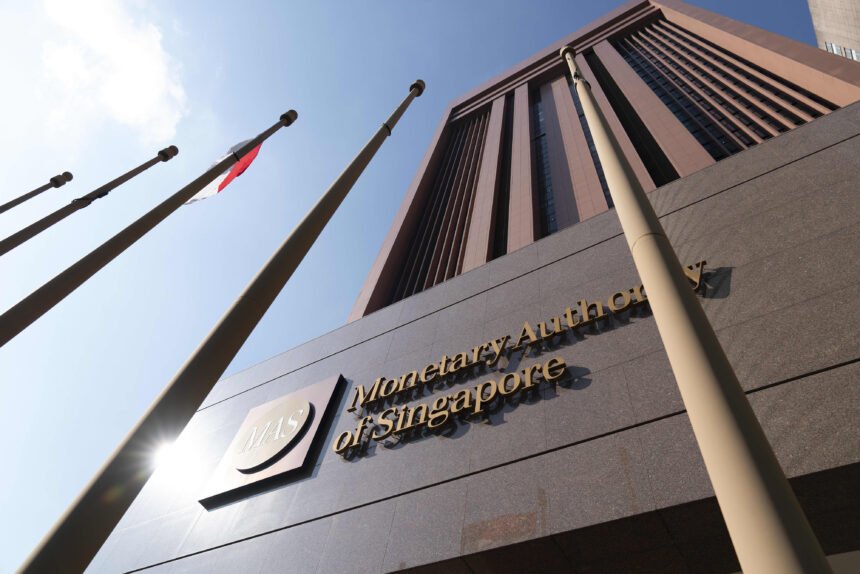Singapore’s central bank, the Monetary Authority of Singapore (MAS), has reported its largest net loss in history, amounting to SGD 30.8 billion (USD 22.8 billion), for the 2022-2023 financial year. This significant loss can be attributed primarily to the bank’s aggressive monetary policy tightening aimed at curbing inflation, according to the bank’s Managing Director, Ravi Menon.
In an announcement made on Wednesday, Menon stated that the MAS’s efforts to bring down inflation resulted in a “broad appreciation” of the Singapore dollar against other major currencies, including the US dollar, euro, and yen. This appreciation further contributed to the substantial net loss recorded by the central bank.
To address the rising inflationary pressures, the MAS had implemented a series of measures aimed at tightening monetary policy. These measures included raising interest rates and implementing macroprudential measures to cool down the overheating economy. However, despite these efforts, inflation persisted at higher levels than anticipated, leading to the revision of the MAS’s end-2023 forecast for core inflation.
The MAS now forecasts core inflation to range between 2.5 to 3 percent, up from the earlier estimate of around 2.5 percent provided in April. This upward revision suggests that the central bank expects inflationary pressures to persist for a more extended period than initially projected.
The loss incurred by the MAS reflects the challenges faced by the central bank in managing the delicate balance between economic growth and price stability. While it aimed to rein in inflation through tightening measures, the adverse effects on the Singapore dollar’s value and the subsequent loss incurred highlight the complexity of such policies.
Despite the significant loss, Menon emphasized that the MAS remained committed to maintaining price stability and sustainable economic growth in Singapore. He noted that the central bank would continue to monitor global economic conditions and make necessary adjustments to its monetary policy to mitigate risks and support the country’s long-term prosperity.
The record loss of SGD 30.8 billion serves as a reminder of the potential risks associated with aggressive monetary policy tightening. It underscores the importance of carefully calibrating such measures to minimize adverse consequences while still achieving the desired outcomes.
Moving forward, the MAS will likely adopt a more cautious approach to monetary policy, taking into account the lessons learned from this experience. The central bank may explore alternative strategies to address inflationary pressures while minimizing potential losses, such as implementing a more gradual tightening process or employing additional targeted measures to curb specific sectors experiencing excessive price increases.
As Singapore continues to navigate the complexities of managing its economy and keeping inflation in check, the MAS’s future actions will be closely watched by market participants and policymakers worldwide. The challenge lies in striking the right balance between controlling inflation and minimizing the impact on other economic variables, ensuring stability and sustainable growth for the country in the years to come









